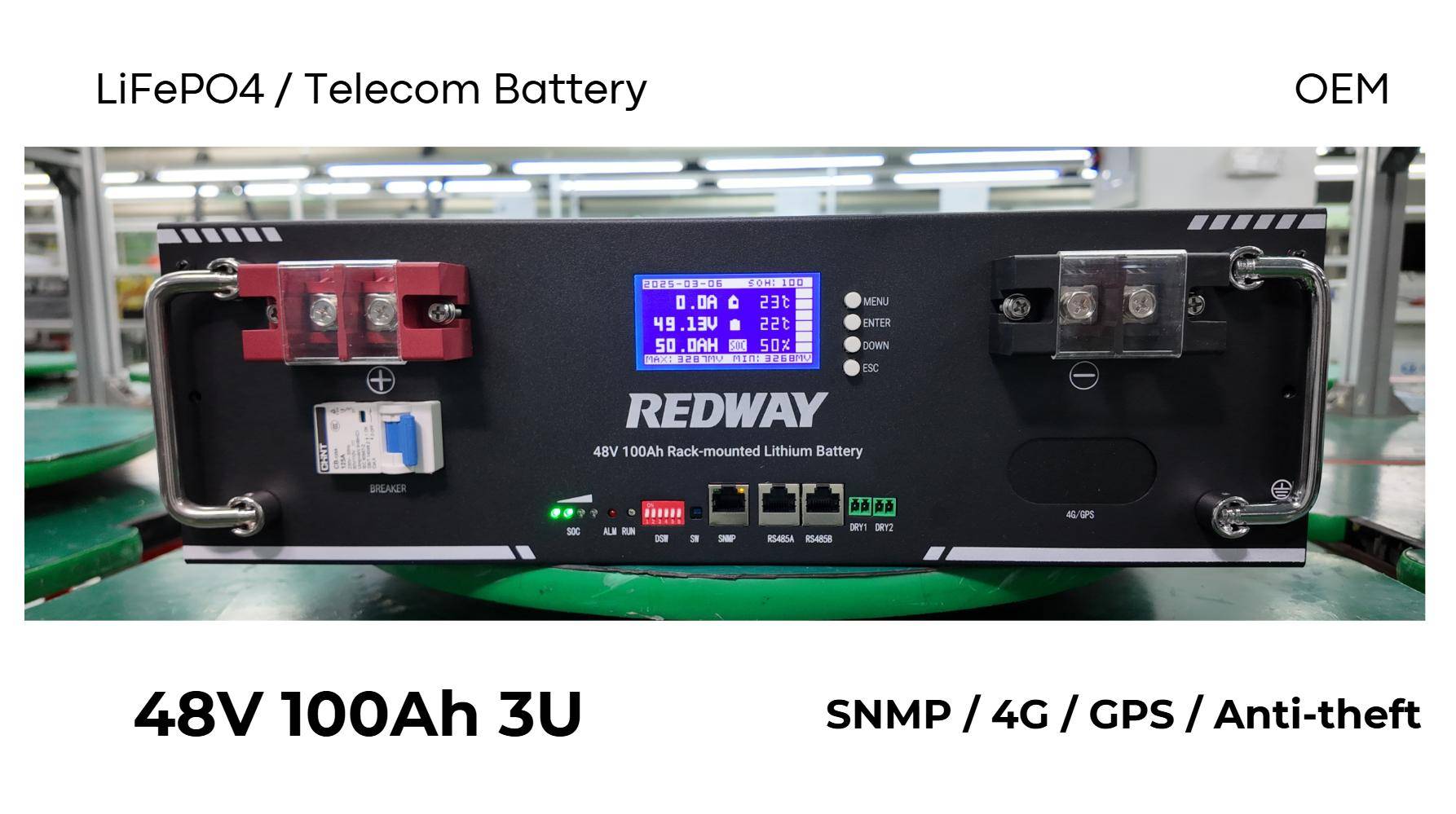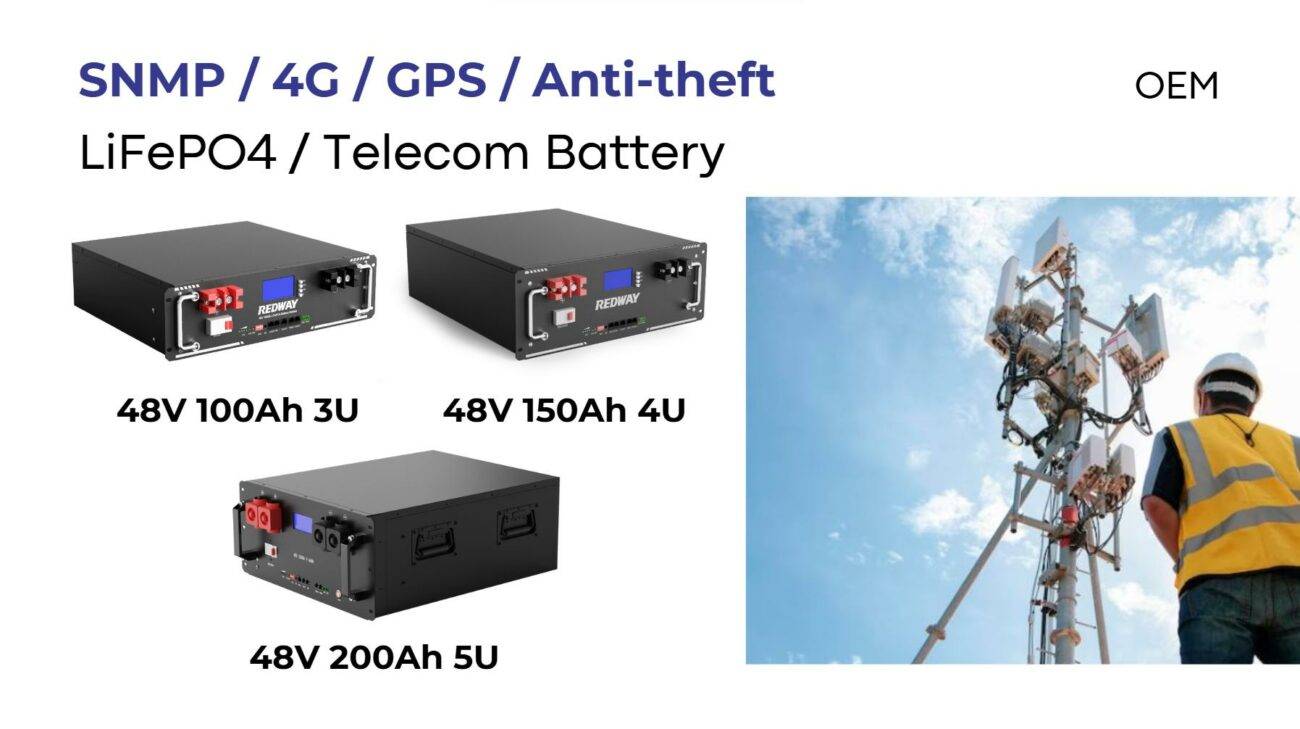
Blog
How to Ensure Safety and Stability in Telecom Lithium Batteries?

Telecom lithium batteries ensure reliable operation through advanced safety mechanisms like thermal management, voltage control, and fail-safe circuitry. Stability is maintained via robust cell design, precise monitoring systems, and adherence to industry standards. Regular maintenance, temperature regulation, and compliance with certifications like UL and IEC mitigate risks of overheating, short circuits, and capacity degradation.
What Are the Core Safety Mechanisms in Telecom Lithium Batteries?
Telecom lithium batteries integrate multiple safety layers: flame-retardant electrolytes, pressure relief vents, and battery management systems (BMS) that monitor voltage, temperature, and current. These mechanisms prevent thermal runaway, overcharging, and physical damage. For example, the BMS disconnects cells during anomalies, while ceramic separators minimize internal short-circuit risks.
How Does Thermal Management Enhance Battery Stability?
Active cooling systems, phase-change materials, and heat-resistant enclosures maintain optimal operating temperatures (15°C–35°C). This prevents thermal stress, which degrades lithium-ion cells. Telecom towers in hot climates often use liquid cooling to dissipate heat, ensuring cycle life exceeds 2,000 charges. Passive designs like aluminum heat sinks are cost-effective for moderate environments.
Recent advancements include hybrid thermal systems combining passive and active methods. For instance, some telecom batteries now integrate thermoelectric coolers (TECs) that activate automatically when ambient temperatures exceed 40°C. Field tests in desert regions show these systems reduce temperature spikes by 18-22% during peak loads. Additionally, phase-change materials embedded in battery modules absorb excess heat during high-current discharges, delaying the need for active cooling and cutting energy consumption by 12-15%.
| Cooling Method | Operating Range | Energy Efficiency |
|---|---|---|
| Liquid Cooling | -20°C to 55°C | 85% |
| Phase-Change Material | 10°C to 50°C | 92% |
| Aluminum Heat Sink | -10°C to 40°C | 78% |
Which Standards Govern Telecom Lithium Battery Safety?
Key standards include UL 1973 (stationary storage), IEC 62619 (industrial batteries), and Telcordia GR-3150 (telecom applications). These mandate rigorous testing for shock, vibration, fire resistance, and performance under extreme temperatures (-40°C to 70°C). Compliance ensures third-party validation of safety protocols, reducing liability and operational failures.
Know more:
Why Is High Energy Density Vital for Telecom Lithium Batteries?
How Do Telecom Lithium Batteries Reduce Total Cost of Ownership?
How Do Telecom Lithium Batteries Enable Fast Charging to Reduce Downtime?
How Do Telecom Lithium Batteries Support Environmental Sustainability?
How Do Telecom Lithium Batteries Reduce Maintenance Efforts?
How to Ensure Safety and Stability in Telecom Lithium Batteries?
Why Is Cell Balancing Critical for Long-Term Reliability?
Cell balancing equalizes voltage across individual cells, preventing over-discharge or overcharge in series configurations. Passive balancing dissipates excess energy as heat, while active balancing redistributes charge. This extends lifespan by 20–30% and maintains capacity above 80% after 5 years, crucial for telecom sites requiring 99.999% uptime.
How Do Environmental Factors Impact Battery Performance?
Humidity above 60% accelerates corrosion, while sub-zero temperatures increase internal resistance, reducing discharge capacity. Telecom batteries in coastal areas use IP67 enclosures to block moisture and salt spray. Arctic deployments employ self-heating cells that activate below -20°C, ensuring consistent energy output despite environmental stressors.
Recent studies highlight the impact of altitude on lithium batteries. At elevations above 3,000 meters, reduced atmospheric pressure causes electrolyte evaporation rates to increase by 9% per 1,000 meters. Manufacturers now offer pressurized battery cabinets for mountainous installations, maintaining internal pressure at 1 atm regardless of external conditions. This innovation has extended battery life by 40% in Andean telecom sites compared to non-pressurized units.
| Environmental Factor | Performance Impact | Mitigation Strategy |
|---|---|---|
| High Humidity | +0.8% corrosion/month | Silica gel desiccants |
| Extreme Cold | -35% capacity at -30°C | Carbon-fiber heating layers |
| Salt Spray | 500Ω/cm² resistance drop | Conformal coating |
What Innovations Are Emerging in Lithium Battery Safety?
Solid-state electrolytes eliminate flammable liquid components, reducing fire risks. AI-driven predictive maintenance analyzes historical data to forecast failures 3–6 months in advance. Graphene-enhanced anodes improve thermal conductivity, lowering operating temperatures by 10–15°C. These innovations are being piloted in 5G networks, where energy density demands are 40% higher than 4G.
Expert Views
“Telecom operators now prioritize lithium batteries with multi-tiered protection architectures. We’re seeing a shift from reactive to predictive safety models—using real-time analytics to preempt faults. For instance, impedance tracking can detect dendrite formation months before a short circuit occurs. This is revolutionary for remote sites where maintenance cycles are costly.”
— Dr. Elena Torres, Battery Systems Engineer
Conclusion
Ensuring the safety and stability of telecom lithium batteries demands a holistic approach: cutting-edge materials, intelligent monitoring, and adherence to evolving standards. As networks expand into harsh environments and higher power densities, innovations like solid-state electrolytes and AI-driven maintenance will become industry norms, safeguarding both infrastructure and operational continuity.
FAQs
- Can Lithium Batteries Explode in Telecom Towers?
- Modern telecom lithium batteries have negligible explosion risk due to flame-retardant additives, pressure vents, and redundant BMS controls. Catastrophic failures occur in less than 0.001% of installations, often from improper maintenance or counterfeit components.
- How Often Should Telecom Batteries Be Replaced?
- Replacement cycles range from 5–10 years, depending on depth of discharge (DoD) and temperature exposure. Batteries cycled at 80% DoD in 35°C environments typically require replacement after 6 years, while those at 50% DoD and 25°C last up to a decade.
- Are Lithium Batteries More Cost-Effective Than Lead-Acid?
- Yes, despite higher upfront costs (2–3x), lithium batteries offer 50% lower total cost of ownership due to longer lifespan, faster charging, and reduced maintenance. A 48V 100Ah lithium system saves ~$12,000 over 10 years compared to VRLA alternatives.













